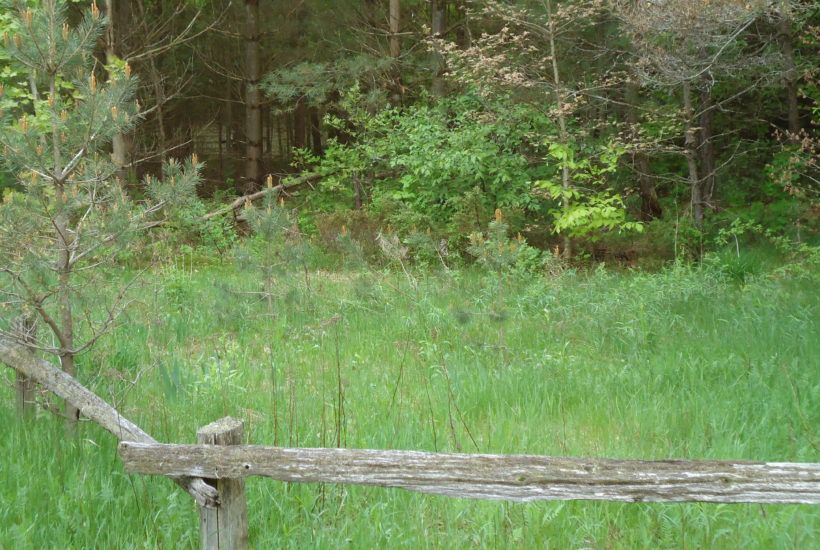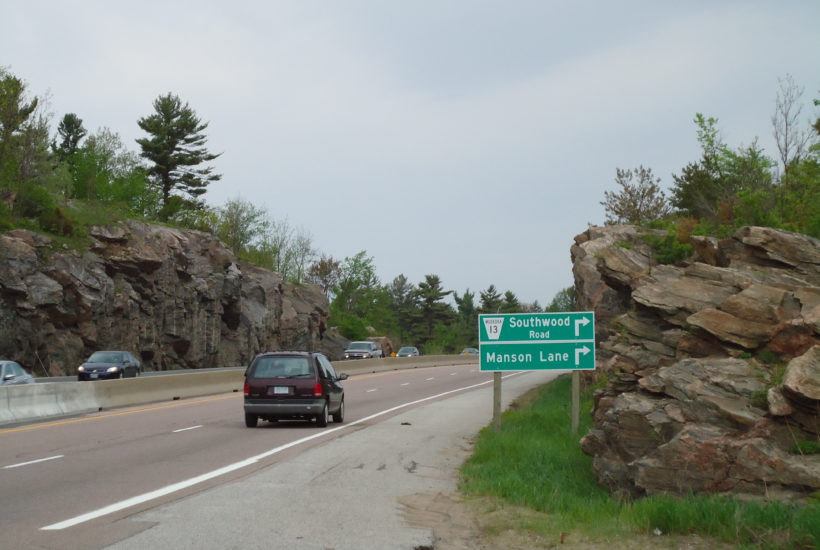BOOK MATH: How Many Words Will it Take to Tell This Story?
Most of you, my loyal readers, will note that at the right hand side of this page is a Word Count Estimator, where I track my progress towards completing the first draft of the book. Many of my sharper-eyed readers will have noticed that recently I changed the total estimated word count, from 40,000 to 30,000.
No, I was not trying to pull a fast one and make it seem like I’m making faster progress than I really am. What I realized was that the first draft is going to be shorter than the final book. That’s because:
- I’m not going to write the first chapter or the last one until I’ve finished chapters 2 to 7, which contain the meat of the story. Chapter 1 will be a brief description of the trip from Toronto to Muskoka, first in 1859 and then in 2011, as a way of introducing the Muskoka Road and the story I’m about to tell. Chapter 8 will be a back-roads enthusiast’s guide to driving the Muskoka Road today – at least, the parts of it that still exist between Washago and North Bay. Over the summer I’ll be taking these drives myself, in order to be able to write about them.
- Chapters 2 to 7 still have lots of holes in them that I need to fill with more research, which will result in a larger word count.
So, based on what I’ve drafted so far – Chapters 2, 3, 4 and 5 – and how long I expect Chapters 6 and 7 to be, I came up with a revised total number of words for the first draft.
Over the summer I’ll be in Muskoka, doing the kind of research that can only be done locally, like talking to historians and librarians, reading unpublished manuscripts and visiting important sites along the Muskoka Road. I’ll be driving the road. And I’ll be completing the first draft of Chapters 2 to 7.
Meanwhile, I’ve added a new page to the blog, called “About This Book.” You’ll find it below the picture on the right hand side of this page. “About This Book” spells out what I’m working towards, one word at a time.


